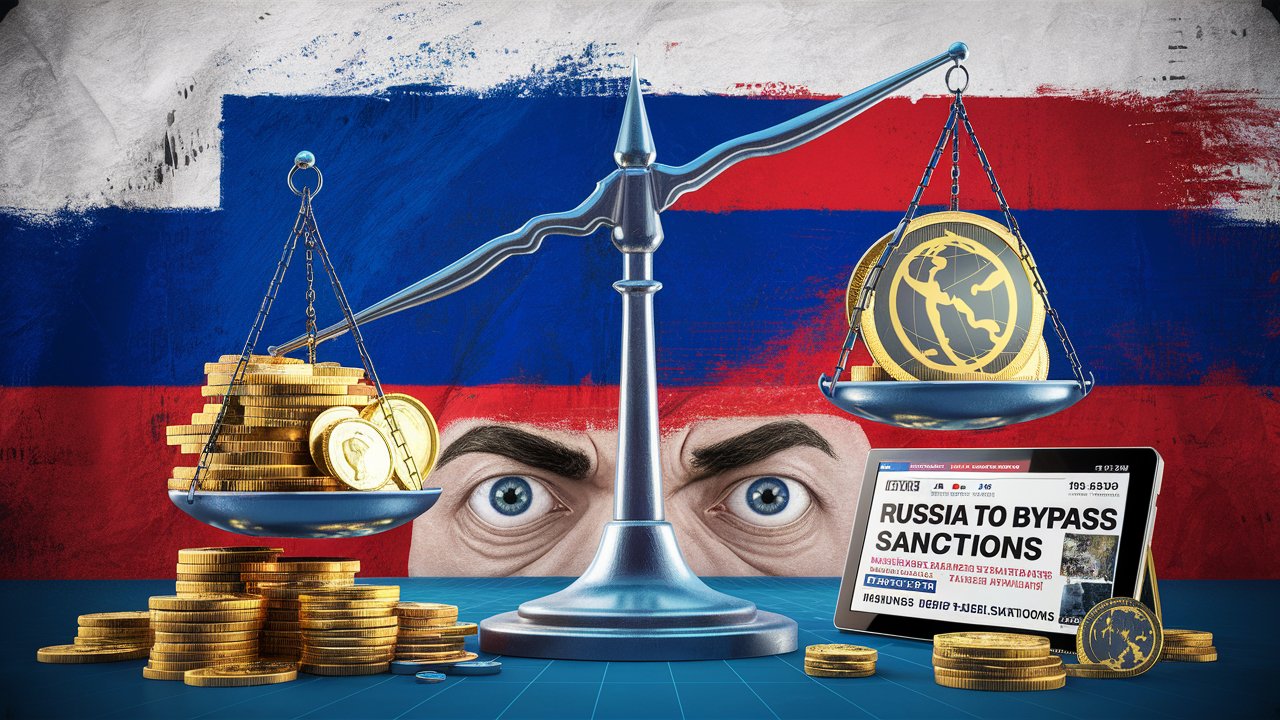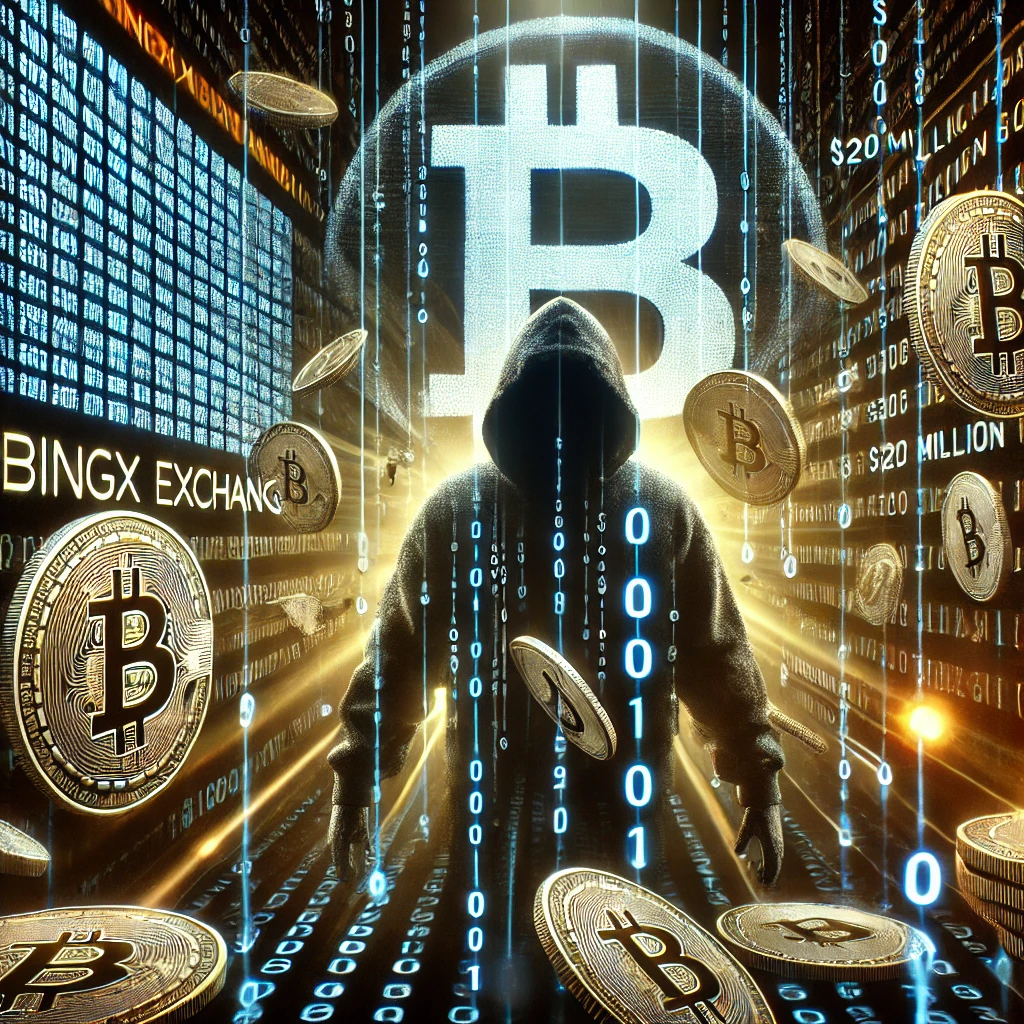
On July 3, Russia is advancing toward the official legalization of stablecoins. This move aims to aid international payments during ongoing sanctions. The Central Bank of Russia (CBR) is spearheading efforts. It aims to simplify cross-border payments for Russian companies. They plan to use stablecoins linked to assets like the US dollar or gold.
Alexey Guznov, Deputy Chairman of the CBR, confirmed ongoing discussions, emphasizing the need to regulate the entire transaction chain. He mentioned that understanding is still forming and expressed hope that it would soon be reflected in the bill. Guznov stressed the importance of tightening regulations to protect national interests and manage the unique characteristics of stablecoins, which are similar to both digital financial assets (DFAs) and cryptocurrencies.
Since 2023, proposals to legalize stablecoins have been evolving. This initiative is regarded as a permanent regulation rather than a temporary measure. In March 2024, President Vladimir Putin signed a law permitting the use of DFAs for international payments. However, full implementation of this law has not occurred yet due to concerns about secondary sanctions from foreign companies.
Stablecoins, unlike DFAs, are viewed as more adaptable and less prone to regulatory hurdles. They could potentially bypass some of the restrictions imposed by international sanctions. Natalia Milchakova, an analyst at Freedom Finance Global, stated that stablecoins could allow firms to make settlements with sanctioned individuals without fear of secondary sanctions.
Impact on liquidity markets
Alexander Murychev, executive vice president of the Russian Union of Industrialists and Entrepreneurs (RSPP), expressed optimism about the impact of stablecoins on liquidity markets. He noted that stablecoins would not only add a large amount of liquidity but also thrive as settlement tools for BRICS nations. BRICS is an economic alliance between Brazil, Russia, India, China, and South Africa. Murychev emphasized that stablecoins are vital for enhancing cross-border transactions in the face of Western sanctions.
The CBR’s plan includes allowing individuals to transfer these assets into Russia, accumulate them, and use them for international payments. Guznov mentioned that issuers release these tokens in foreign information systems. He explained that stablecoins can resemble digital financial assets (DFAs) or cryptocurrencies, necessitating tighter regulation. Despite the need for stringent regulations, stablecoins’ popularity and adaptability make them a promising tool for international settlements.
The Ministry of Finance has confirmed active work on allowing stablecoins for international settlements. Oleg Ogienko, Director of Government Relations at BitRiver, outlined the differences between DFAs and stablecoins. He noted that Russian DFAs operate on a closed blockchain and do not enter the external market, which restricts their use in international payments due to convertibility and liquidity issues.
Global and domestic trends
Globally, stablecoins have gained significant traction. In the first quarter of 2024 alone, the total value of stablecoin transactions reached $6.8 trillion, nearly matching the entire volume for 2022. However, in Russia, the use of stablecoins is currently limited to specific company initiatives, primarily for transactions with China.
Economists believe that legalizing stablecoins will ease international transactions for Russian companies under sanctions. The latest round of EU sanctions in June prohibited European organizations from connecting to Russia’s alternative to SWIFT, the Financial Message Transfer System (SPFS). This, along with Russia’s disconnection from SWIFT in 2022, has increased the importance of developing alternative payment mechanisms.
Stablecoins offer a potential solution to these challenges by providing a stable medium for transactions that can bypass traditional systems like SWIFT. Experts stress the need for a clear regulatory framework and robust infrastructure to support stablecoin transactions. This includes defining the rules for the crypto and mining industries to facilitate legal and transparent operations.
If stablecoin payments are legalized, Russian businesses, including state companies, could widely access them, simplifying the process of conducting transactions and ensuring tax compliance. Murychev noted that foreign companies are hesitant to use DFAs due to the risks of secondary sanctions. However, stablecoins could provide a viable alternative, helping Russian firms navigate the complexities of international trade under sanctions.
Alexey Guznov reiterated the goal of regulating the entire chain. This regulation would allow individuals to transfer these assets into Russia, accumulate them, and use them for international payments. The CBR aims to establish a permanent regulatory framework for stablecoins. This reflects the growing importance of digital currencies in global finance. The potential legalization of stablecoins marks a significant step in Russia’s strategy. It aims to integrate digital currencies into its financial system and mitigate the impact of international sanctions.
Discover more from The African Crypto
Subscribe to get the latest posts sent to your email.








